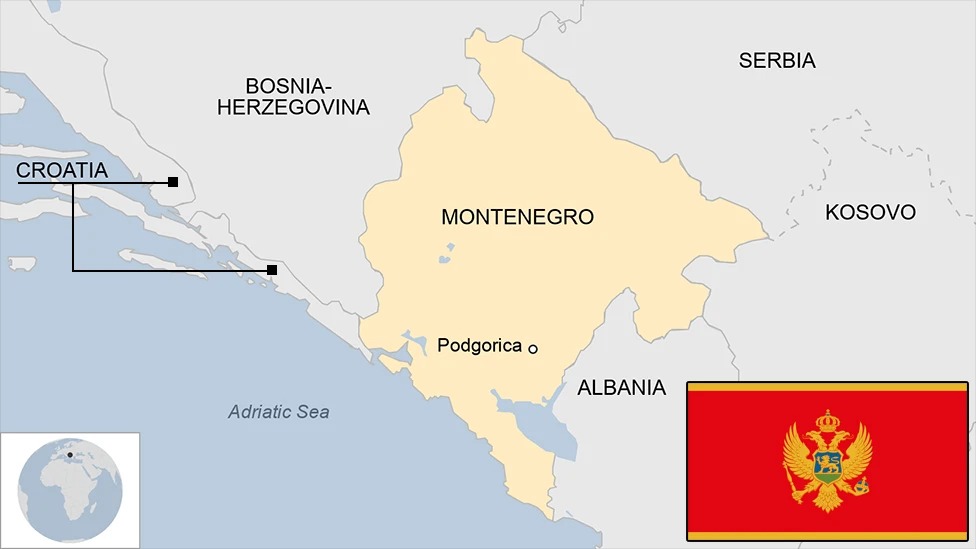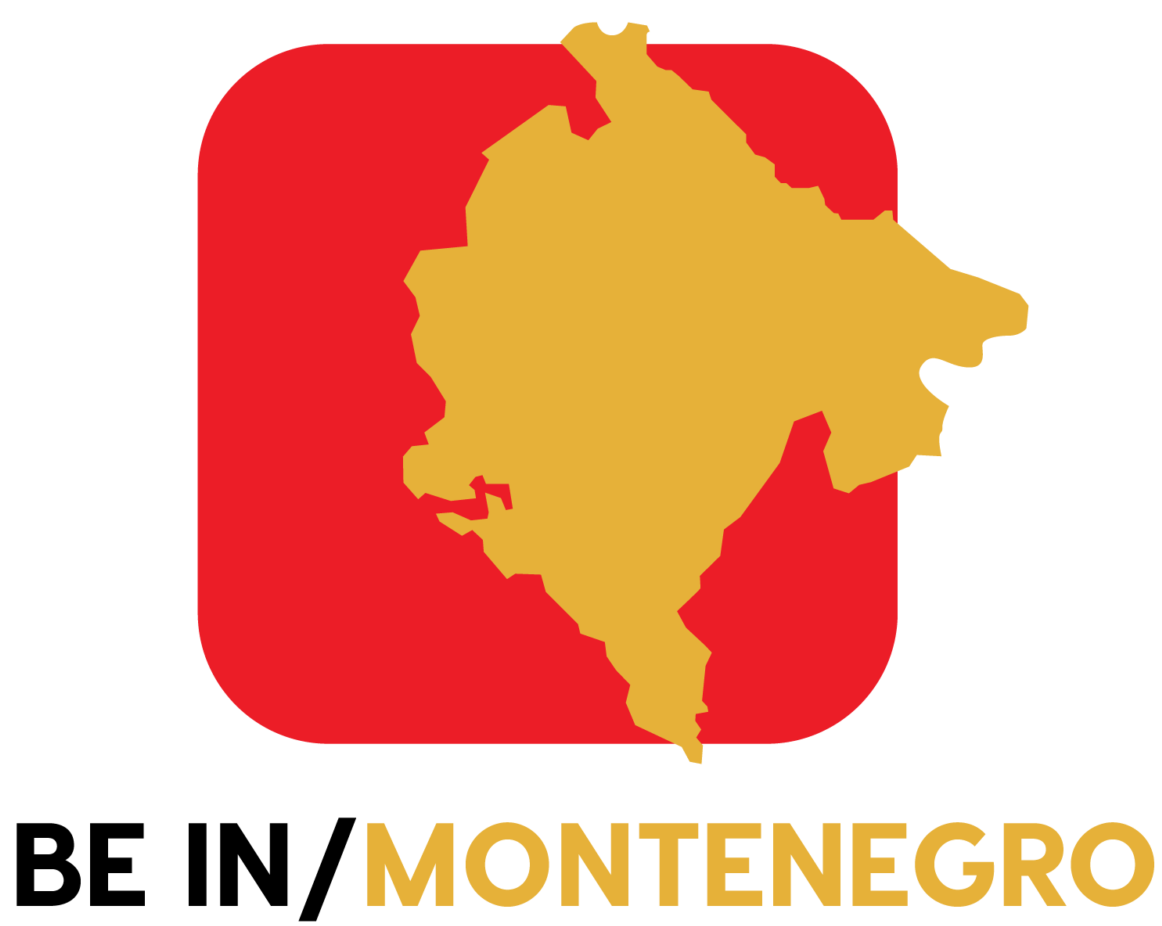Languages Spoken in Montenegro

Discover the Multilingual Identity of Montenegro
Montenegro, a country rich in cultural diversity, boasts a vibrant linguistic landscape. While Montenegrin is the official language, several minority languages are also widely spoken, reflecting the country’s multicultural heritage. Whether you’re planning to travel, work, or explore Montenegro, understanding its linguistic diversity will enhance your experience.
What is the Official Language of Montenegro?
The official language of Montenegro is Montenegrin. It is used in government, education, and official communication. Montenegrin is a South Slavic language and shares similarities with Serbian, Croatian, and Bosnian.
Minority Languages in Montenegro
Montenegro is home to a range of recognized minority languages, spoken by various ethnic groups across the country. These include:
-
Albanian
-
Serbian
-
Bosnian
-
Croatian
These languages are especially prominent in regions where respective ethnic communities reside. Minority languages are supported by the government and can be used in local administration and education.
Language Statistics in Montenegro
According to recent census data, the breakdown of languages spoken in Montenegro is as follows:
-
Serbian – 63.49%
-
Montenegrin – 21.96%
-
Albanian – 5.26%
-
Bosnian (language) – 3.2%
-
Bosnian – 2.29%
-
Croatian – 0.45%
-
Roma – 0.42%
-
Macedonian – 0.08%
-
Hungarian – 0.04%
-
Slovene – 0.04%
-
German – 0.02%
-
Other languages – 0.5%
-
Unknown/Not specified – 2.2%
These figures demonstrate Montenegro’s linguistic complexity, where many citizens are bilingual or multilingual.
Sign Language in Montenegro
Yugoslav Sign Language is used by the deaf and hard-of-hearing community in Montenegro. It shares roots with other sign languages in the Balkan region and plays an important role in inclusive communication.
Why Language Matters in Montenegro
Understanding the languages spoken in Montenegro gives you deeper insight into the country’s history, identity, and communities. From the coastal towns to the mountainous north, each region has its own linguistic flavor, contributing to Montenegro’s cultural mosaic.
Whether you’re visiting Montenegro for tourism, business, or study, being aware of its multilingual environment enhances your ability to connect with locals and navigate the country more effectively.
If you want to learn more about the Montenegrin language and local language basics, click on this link. It includes some of the most commonly used phrases for tourists — perfect for greetings, asking for directions, ordering food, and other everyday situations!
If you want to know more about the languages of other Balkan countries, click here: www.beinbalkan.com
